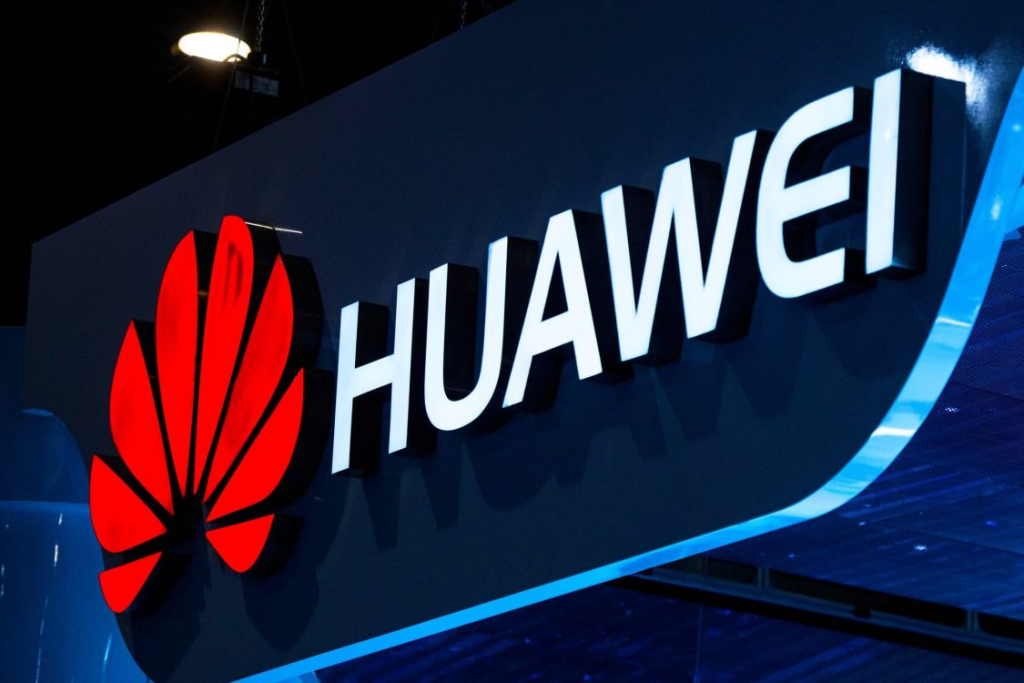Huawei is set to launch its new line of Mate 70 phones on Tuesday.
Its software and hardware have been developed with domestic expertise.
It marks a new era of self-sufficiency at a moment of tech division between the US and China.
Look no further than Huawei to get a sense of just how far apart the US and China are heading into a second Donald Trump presidency.
On Tuesday, the Shenzhen-based tech giant is set to unveil a slate of new smartphones — the Mate 70 series — that will be the most free they have ever been of Western software and hardware.
During his first term in the White House, the president-elect moved to block what he saw as a national security threat by wielding export controls and an executive order to cut the Chinese firm’s ties to crucial US partners and suppliers.
President Joe Biden’s outgoing administration continued this approach, which meant Huawei had to look closer to home for chips, operating systems, and apps.
This term, Trump will stare down a Huawei that’s showing it’s doing just fine without its US suppliers.
On the software side, all lingering remains of Huawei’s former dependence on Android look set to be excised on the Mate 70 devices as they launch with HarmonyOS Next, an operating system built to run apps specific to Huawei’s system.
Huawei first launched HarmonyOS in 2019 after being cut off from Google’s powerful Android system. Early versions of the platform contained code from the Android Open Source Project, but HarmonyOS Next removes it all, making it a product solely of Huawei’s own making.
Meanwhile, on the hardware side, Huawei is looking to raise the bar on performance by introducing a new made-in-China smartphone chip in some of the new Mate 70 models, according to the Wall Street Journal.
A performance leap with a domestic chip would be a big deal. The top-end version of the Mate 70 predecessor — the Mate 60 — stunned policymakers last year as its launch showed off capabilities that were once only possible to accomplish with equipment sourced in the US.
The Mate 60’s pro model was reported to have an advanced chipset called Kirin 9000s, designed by Shenzhen-based HiSilicon and manufactured by state-backed semiconductor firm SMIC. It gave the phone 5G-like cellular capabilities,



